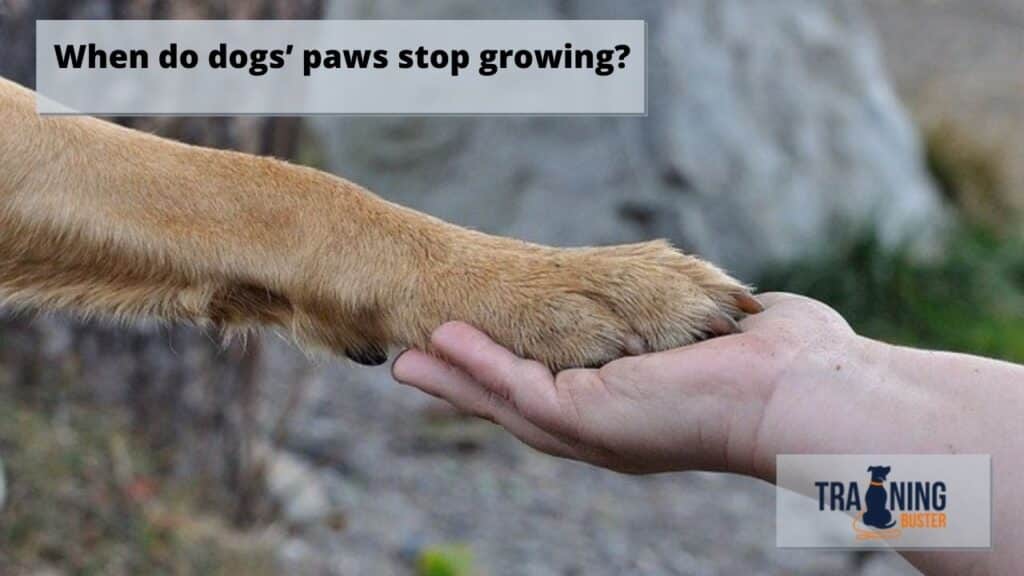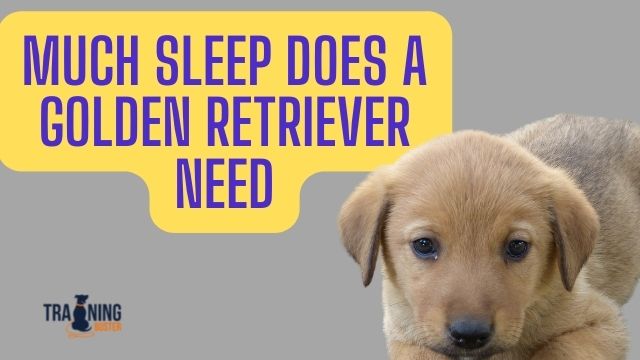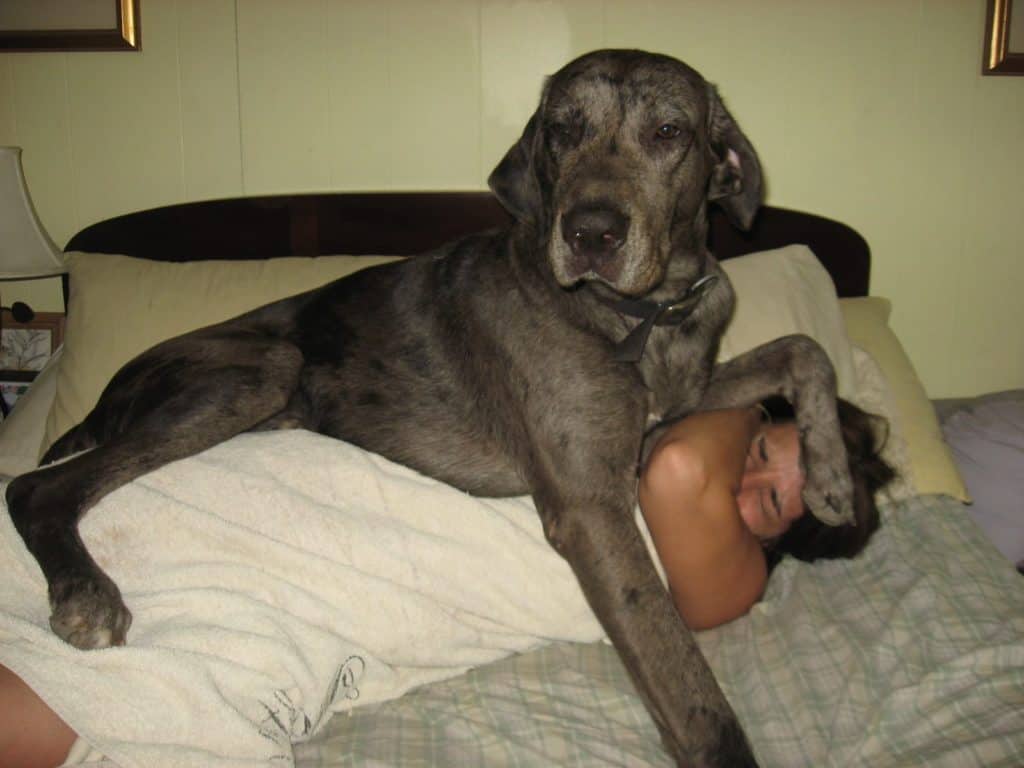
Have you ever heard that a dog’s paws are the part that stops growing first and that their paws let you guess how large they’ll get?
Many owners like to get a sense of how large their dog will grow so that they can choose the right bed, coat, collar, and other accessories for when they’re fully grown.
Is looking at their paw size a good way to gauge this? How can you better look after your dog’s paws? And when do dogs’ paws stop growing, really?
In this article, we’ll be taking a look at what happens as your dog grows, as well as how you can care for your young dog’s body, and of course, paw health! So, read on to learn more about your young dog’s paws.
What happens as my puppy grows?
Did you know that your young dog has growth plates? Growth plates are the areas of cartilage at the end of your puppy’s legs, near their paws. As your puppy gets older and begins to use their muscles more, these growth plates change, developing into a denser, stronger material that can support your pooch‘s adult weight.
When your puppy’s growth plates are not yet fully mature, they are incredibly delicate. This means your puppy can easily get injured if they over-exercise or play on hard surfaces.
What’s more, injuries to a dog’s legs before their growth plates have hardened can lead to big problems with healing. Leg injuries at a young age can then lead to bone deformities. A bone may stop growing, for example. So, you must be careful about the types of exercise your dog gets while still very young.
Do a dog’s paws correlate with their adult size?
There’s an old wives tale that a puppy’s paw size lets you guess how big they will be in adulthood. This is partially common sense – after all, dogs like the Great Dane and Labrador Retriever have pretty large paws, even disproportionately so in puppyhood. How else will they support their bodies as they grow?
However, just like some humans, some dogs have disproportionately large paws and remain fairly small in adulthood, especially mixed breeds. In contrast, single breed dogs generally have a paw size that’s pretty proportional with their adult size.
How can I determine my dog’s size?
Did you know that most puppies have reached half their adult size by the time they are 16 weeks old? And later, when they are 6 months old, they are around ¾ of their adult size. This is especially true of smaller dogs. Again, this isn’t necessarily a hard and fast rule – most larger dogs still have some growing to do by this point.
Another good way to determine your dog’s adult size is to take a look at the amount of loose skin they have – your dog will likely grow into this skin. That being said, wrinkly breeds like the Bulldog or the Shar-Pei obviously won’t grow into their skin.
So, the best way to figure out your dog’s eventual adult size is to find out which breed or breeds they are and take a look at that breed’s average adult size. You could use a home DNA testing kit like the one here, or ask your breeder about your pooch’s parents and grandparents.
Are a dog’s paws the first body parts to stop growing?
Many people say that a dog’s paws are the first of their body parts to stop growing. Some people even say that a dog is born with adult-sized paws! How true is this?
Well, every dog is different. While some dogs’ paws do in fact appear to stop growing first, many dogs’ paws keep growing among other body parts and even stop last.
Most dogs’ growth plates do close at around 9 to 11 months old, at which point most of their body parts shouldn’t have much more growing to do.
When do a puppy’s paws become proportional to their size?
Most puppies do have pretty disproportionately large paws for most of their puppyhood. This helps them move around with greater ease. But when do their paws start to match the rest of their body? Well, by the time your puppy is 3 months old, their paws should be pretty proportionate to their size.
How can I look after my young dog’s body?
Your young dog also needs plenty of oil – Omega 3 oil like this, specifically. Look for a dog food that offers this. You can also top up your young dog’s oil intake by feeding them foods like oily fish skins or a taste of coconut milk in their food as a treat.
It’s also important to feed your puppy the right food for their age and breed for their joint and bone health. Larger breed puppy food actually contains somewhat less calcium than smaller breed puppy food, for example, along with more of other nutrients.
If your dog is particularly active, you may like to give them a supplement or vitamin to support their joint growth and health. These supplements typically contain ingredients like chondroitin, glucosamine, and hyaluronic acid. You can get different supplements for different sizes of dogs and different breeds.
One significant factor in your puppy’s long-term joint health is feeding them the right food. If you feed your young dog a puppy kibble or wet food, you’ll know that this type of food contains lots of calcium. For small breed dogs, calcium helps to support the development of their bones, which is imperative for setting up good joint health for years to come.
How can I look after my dog’s paws?
If you walk your dog on concrete or hard, stony surfaces, your dog’s paws are at increased risk of injury. So, when you go on hikes or walks on concrete, be sure to protect your dog’s paws with a paw balm. You can also protect your dog’s paws with balm while they are young and their skin is delicate.
Recommended paw balm
Vets Preferred Advanced Pad Protection
As well as this, when it snows and the road is salted, this salt is highly acidic and can damage your young dog’s paws. So, when temperatures are extreme, consider using paw shoes with your dog.


